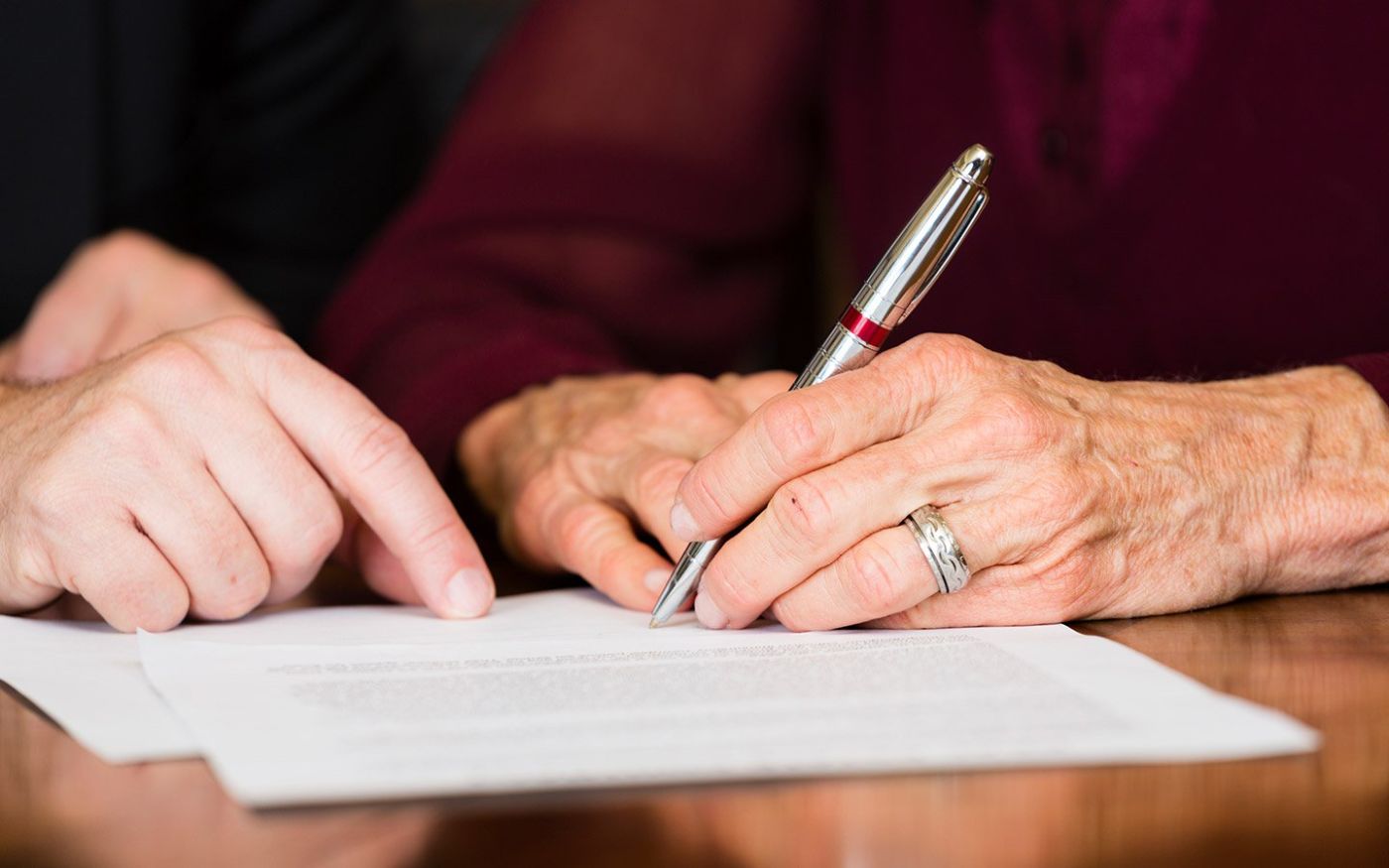
WHAT IS A LADYBIRD DEED?
A “Ladybird Deed” is used to protect a house from a Medicaid claim after a patient on Medicaid dies. Law School professors call them contingent, defeasible deeds. This means that the homeowner transfers his house by deed to his children or whomever he wants to have the house after his death. However, the deed has some very big “but only ifs”. The homeowner keeps the right to sell the house, to take out a mortgage on the house, to lease the property or just do whatever he or she wants to do with the house.
The person giving the house is called a “grantor”. The person(s) receiving the house is called a “grantee”. The grantee does not receive ownership of the house until the grantor dies. The grantee only gets ownership if the grantor does not sell the house or otherwise dispose of it. All in all it is very simple.
There are some problems with Ladybird deeds. Because these deeds are used so rarely many title companies do not like them and throw up road blocks to granting title insurance on the sale of a house by the grantee. Elder law attorneys in the State Bar and in the National Academy of Elder Law Attorneys (NAELA) are doing much to provide information to the Real Property section of the Bar to create greater understanding and acceptance of Ladybird deeds.
Many Texas counties do not yet have front line staff that understands what a Ladybird deed is. It is often necessary to correct line staff denial of a homestead exemption by calling the supervisors to correct the misclassification of the deed.